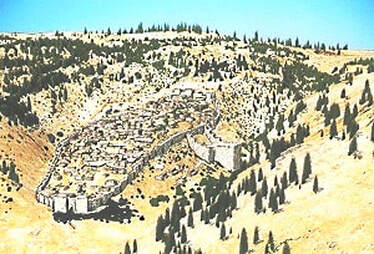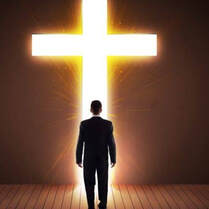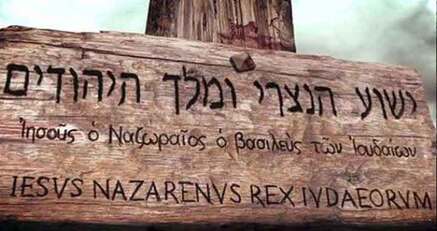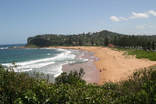
Rabbi Professor Yoel Elitzur (circa 2014)
‘Ha-makom in Genesis
Once we understand the significance of “the place,” we can see that this keyword – ha-makom – is a keyword that is emphasized in the stories of the patriarchs in the book of Genesis as well. It appears in the story of the binding of Isaac and in Jacob’s Bethel narrative. The proof that the prominent role of the word ha-makom in these passages is no coincidence lies in the fact that often, the word is stressed in the Biblical text much more than what would be linguistically reasonable. That is to say, there are several instances in Genesis where the word ha-makom makes it difficult to understand the simple meaning of the verse. The Torah says:
Jacob left Beer-sheba, and set out for Haran. He came upon that place (ba-makom) and stopped there for the night, for the sun had set. Taking one of the stones of that place (ha-makom), he put it under his head and lay down in that place (ba-makom). (Genesis 28:10-11)
The word appears again shortly thereafter: “Surely the Lord is present in this place (ba-makom)… How awesome is this place (ha-makom)! This is none other than the abode of God, and that is the gateway to heaven” (28:16-17)’ (end quote)
Discover the secrets of this mysterious and unique place--THE PLACE--in the book...
'THE PLACE HaMakom; where Jerusalem's temples stood'
See details here



 RSS Feed
RSS Feed
